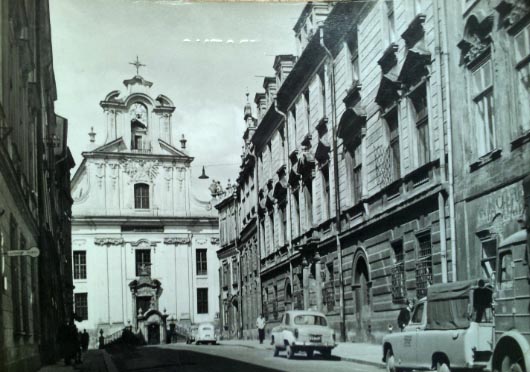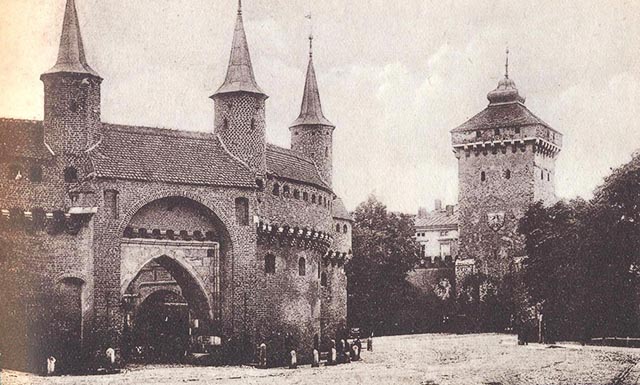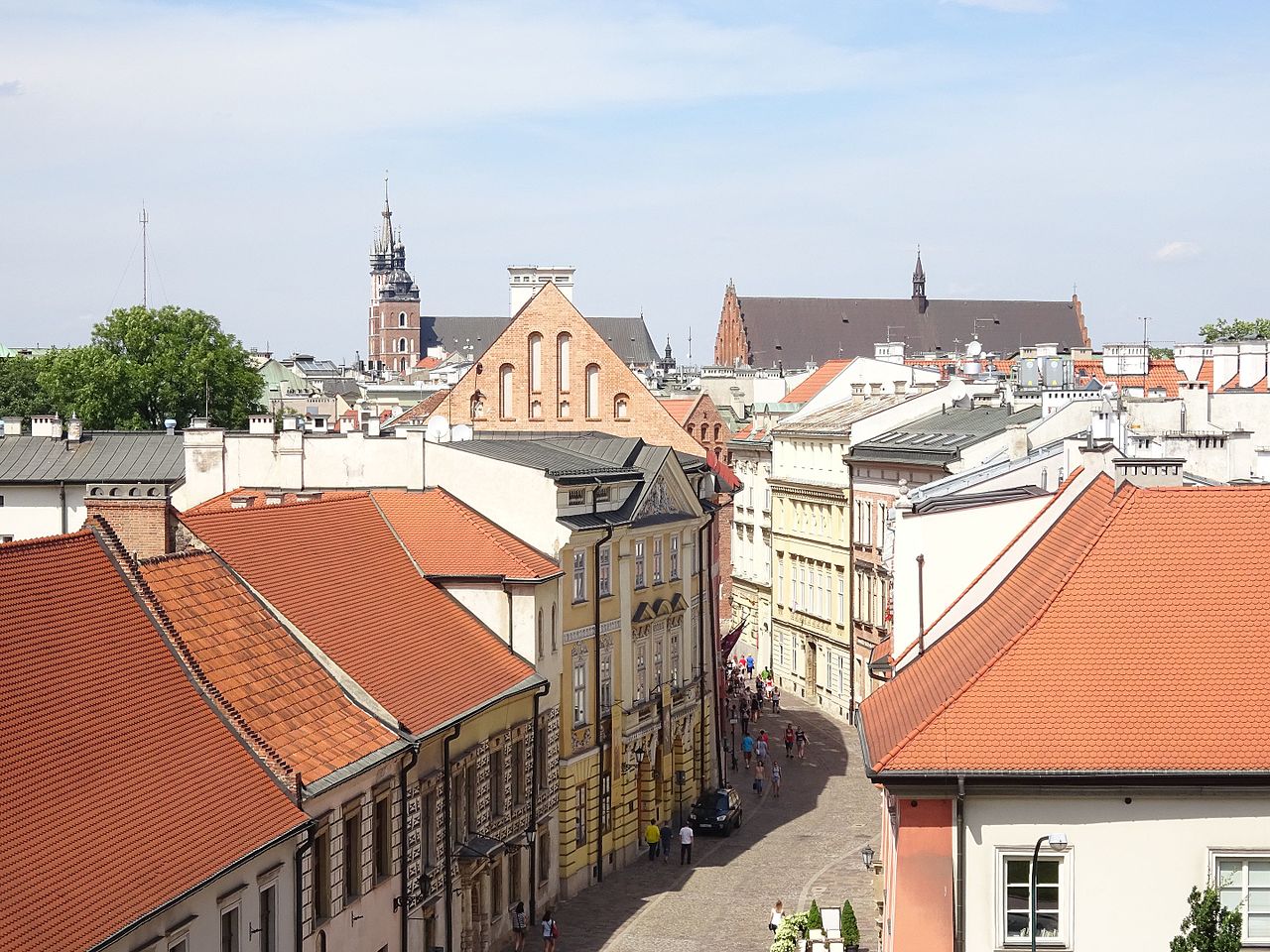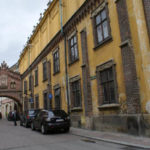 Ulica św. Jana
Ulica św. Jana
Dokładnie na wprost północnego wyjścia z Sukiennic, przy północnej pierzei Rynku zaczyna się ulica św. Jana, u północnego wylotu charakterystycznie zamknięta zdobną fasadą kościoła Pijarów. Św. Jana jest równoległa do ul. Floriańskiej z jednej strony i do ul. Sławkowskiej z drugiej. Przecinają ją dwie przecznice: ta bliżej Rynku to ul. św. Tomasza, a bliżej kościoła Pijarów to ul. św. Marka. Wstęga ul. św. Jana biegnie w cieniu dwóch kościołów (Pijarów i św. Jana) oraz kamienic należących niegdyś do wielkich rodów magnackich.
Nr 20 Kamienica Popielów lub Kołłątajowska ma zdobny portal i wygląd pałacu przerobionego w stylu rokoko przez Francesca Placidiego. Jednym z właścicieli był Hugo Kołłątaj, ale do historii towarzyskiej Krakowa przeszła rodzina Popielów, która urządzała towarzyskie czwartki dla elity artystycznej i intelektualnej miasta.
Nr 22 Kamienica Montelupich z XVI w., ozdobiona bujnym maszkaronem, była przez 12 lat XIX w. siedziba teatru Jana Mieroszewskiego.
Nr 30 Dom Pod Pawiem, zagarnięty jest przez ekskluzywny Hotel Francuski słynący z dobrej kuchni; nad portalem widnieje płaskorzeźba pawia, pochodząca z XVI w.
Nr 11 Klasycystyczny pałac Wodzickich zwraca uwagę attyka balustradowa z alegorycznymi rzeźbami.
Nr 12 Kamienica Krauzowska z gotyckiej została przebudowana na późnorenesansowa. Jeden z właścicieli, Krzysztof Krauze, rajca miejski, sprawił, że w 1661 r. Rada Miejska uchwaliła decyzje, na mocy której w herbie Krakowa umieszczono orła polskiego.
Nr 14 Jak magnes przyciąga mieszcząca się na parterze Galeria Autorska Andrzeja Mleczki.
Nr 15 Pałac Lubomirskich przylegający do Muzeum Czartoryskich. Powstał w XVII w. z trzech połączonych kamienic. Obecnie mieści się tu Instytut Francuski.







